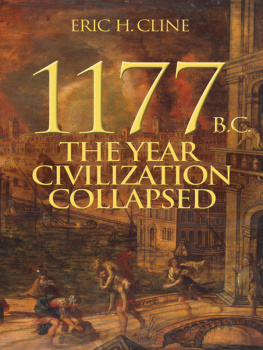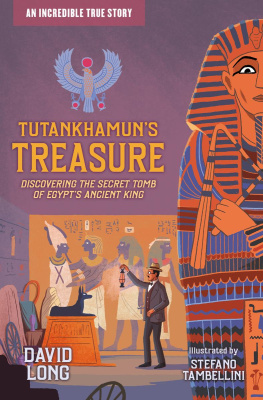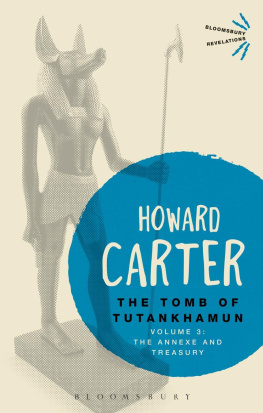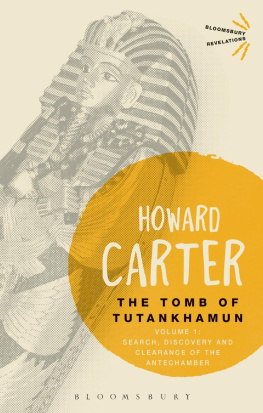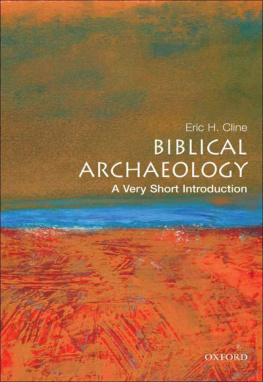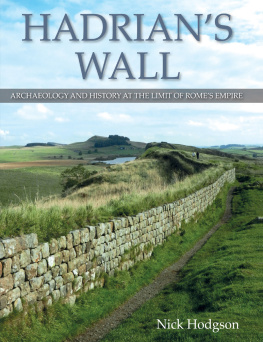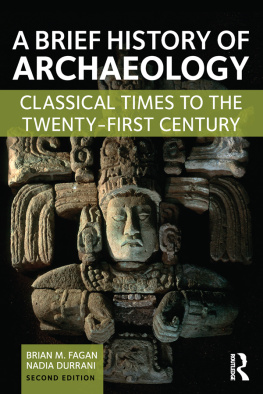Eric H. Cline - Three Stones Make a Wall: The Story of Archaeology
Here you can read online Eric H. Cline - Three Stones Make a Wall: The Story of Archaeology full text of the book (entire story) in english for free. Download pdf and epub, get meaning, cover and reviews about this ebook. year: 2017, publisher: Princeton University Press, genre: Art. Description of the work, (preface) as well as reviews are available. Best literature library LitArk.com created for fans of good reading and offers a wide selection of genres:
Romance novel
Science fiction
Adventure
Detective
Science
History
Home and family
Prose
Art
Politics
Computer
Non-fiction
Religion
Business
Children
Humor
Choose a favorite category and find really read worthwhile books. Enjoy immersion in the world of imagination, feel the emotions of the characters or learn something new for yourself, make an fascinating discovery.
- Book:Three Stones Make a Wall: The Story of Archaeology
- Author:
- Publisher:Princeton University Press
- Genre:
- Year:2017
- Rating:4 / 5
- Favourites:Add to favourites
- Your mark:
Three Stones Make a Wall: The Story of Archaeology: summary, description and annotation
We offer to read an annotation, description, summary or preface (depends on what the author of the book "Three Stones Make a Wall: The Story of Archaeology" wrote himself). If you haven't found the necessary information about the book — write in the comments, we will try to find it.
From the bestselling author of 1177 B.C., a comprehensive history of archaeology--from its amateur beginnings to the cutting-edge science it is today.
In 1922, Howard Carter peered into Tutankhamuns tomb for the first time, the only light coming from the candle in his outstretched hand. Urged to tell what he was seeing through the small opening he had cut in the door to the tomb, the Egyptologist famously replied, I see wonderful things. Carters fabulous discovery is just one of the many spellbinding stories told in Three Stones Make a Wall.
Written by Eric Cline, an archaeologist with more than thirty seasons of excavation experience, Three Stones Make a Wall traces the history of archaeology from an amateur pursuit to the cutting-edge science it is today by taking the reader on a tour of major archaeological sites and discoveries, from Pompeii to Petra, Troy to the Terracotta Warriors, and Mycenae to Megiddo and Masada. Cline brings to life the personalities behind these digs, including Heinrich Schliemann, the former businessman who excavated Troy, and Mary Leakey, whose discoveries advanced our understanding of human origins. The discovery of the peoples and civilizations of the past is presented in vivid detail, from the Hittites and Minoans to the Inca, Aztec, and Moche. Along the way, the book addresses the questions archaeologists are asked most often: How do you know where to dig? How are excavations actually done? How do you know how old something is? Who gets to keep what is found?
Taking readers from the pioneering digs of the eighteenth century to the exciting new discoveries being made today, Three Stones Make a Wall is a lively and essential introduction to the story of archaeology.
Eric H. Cline: author's other books
Who wrote Three Stones Make a Wall: The Story of Archaeology? Find out the surname, the name of the author of the book and a list of all author's works by series.


